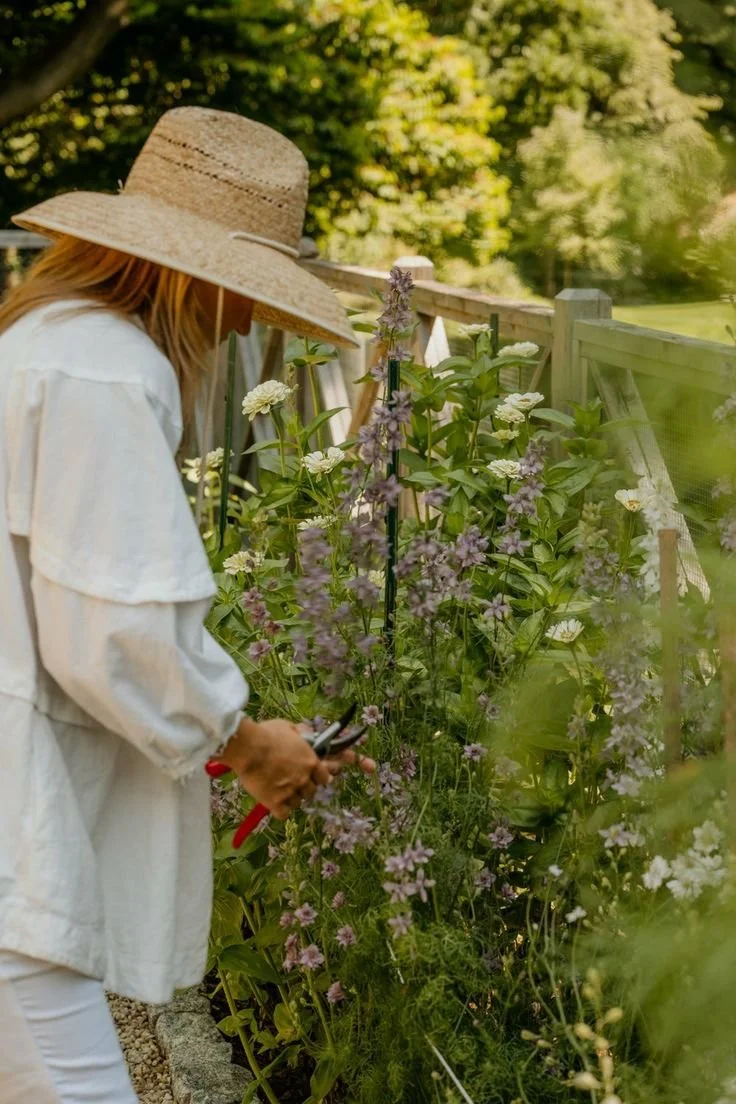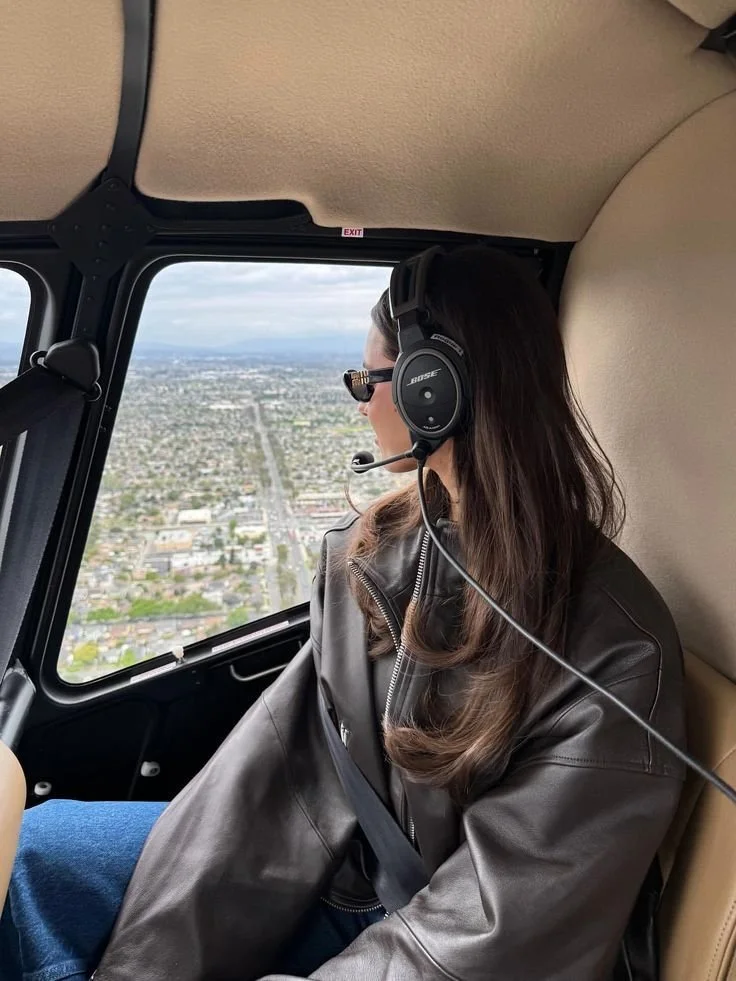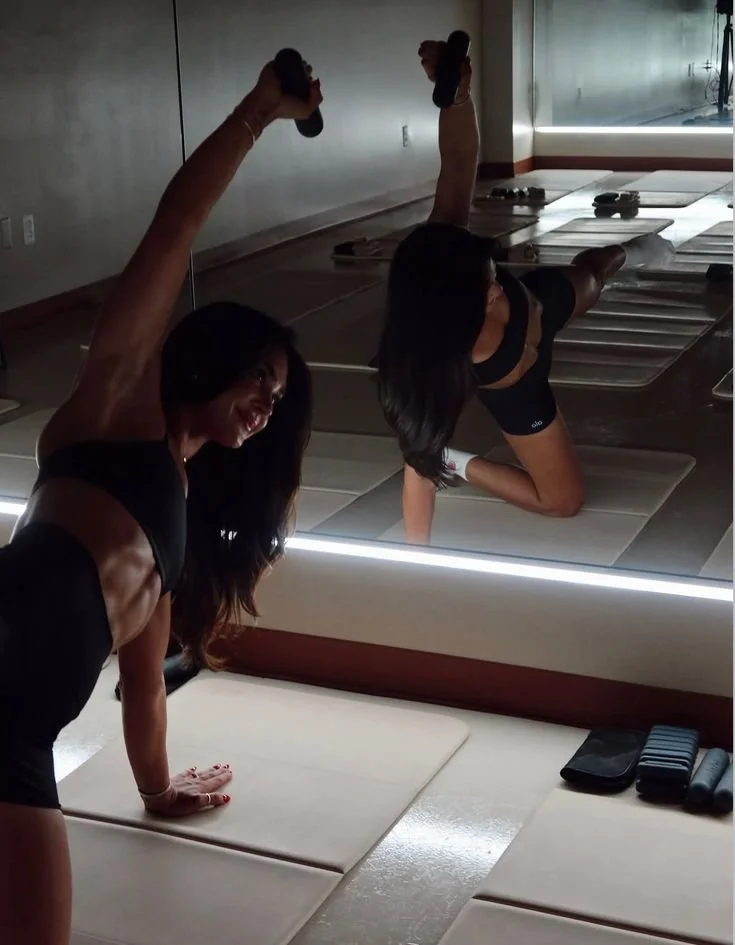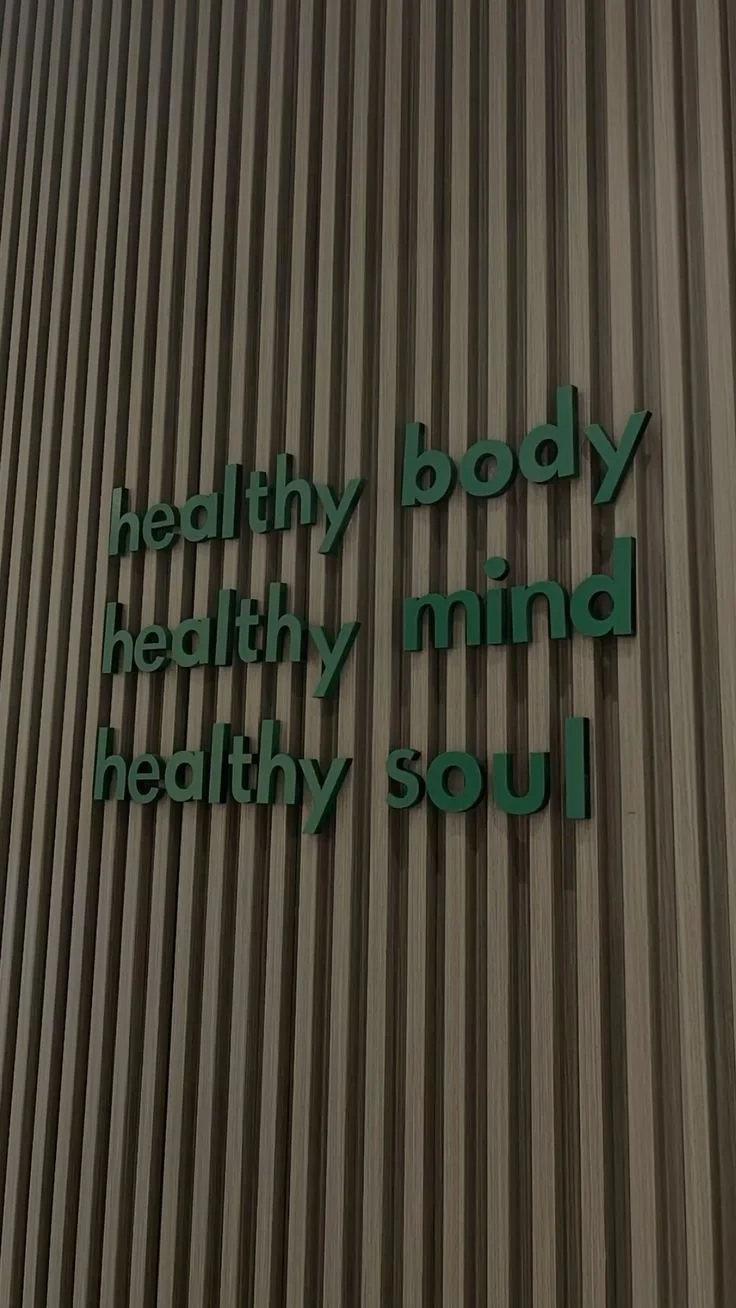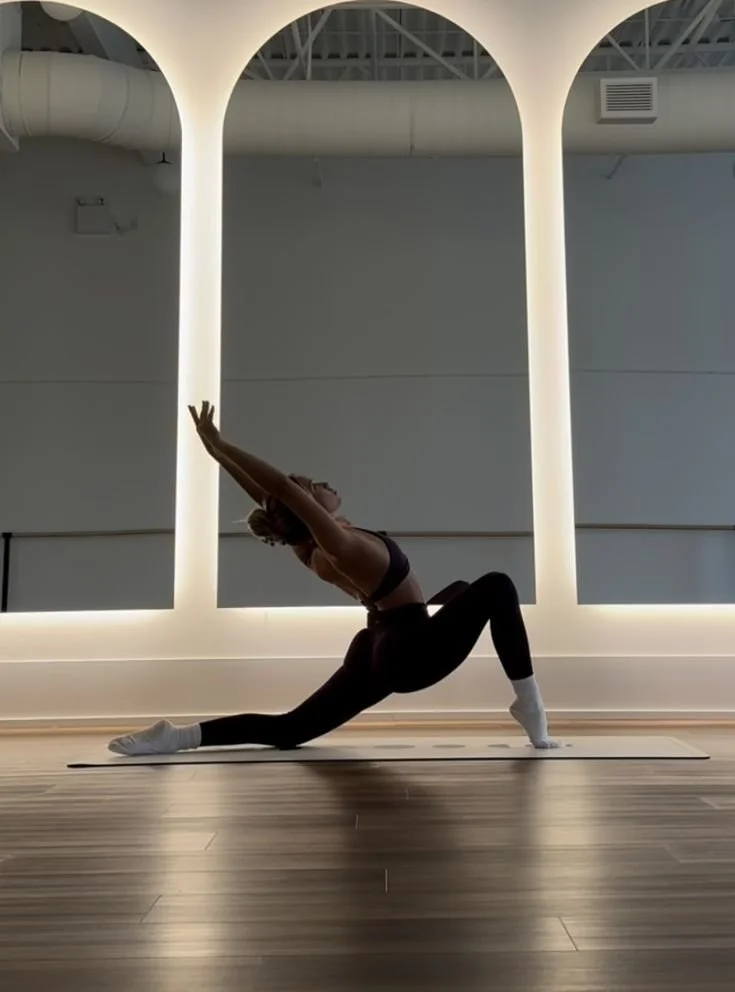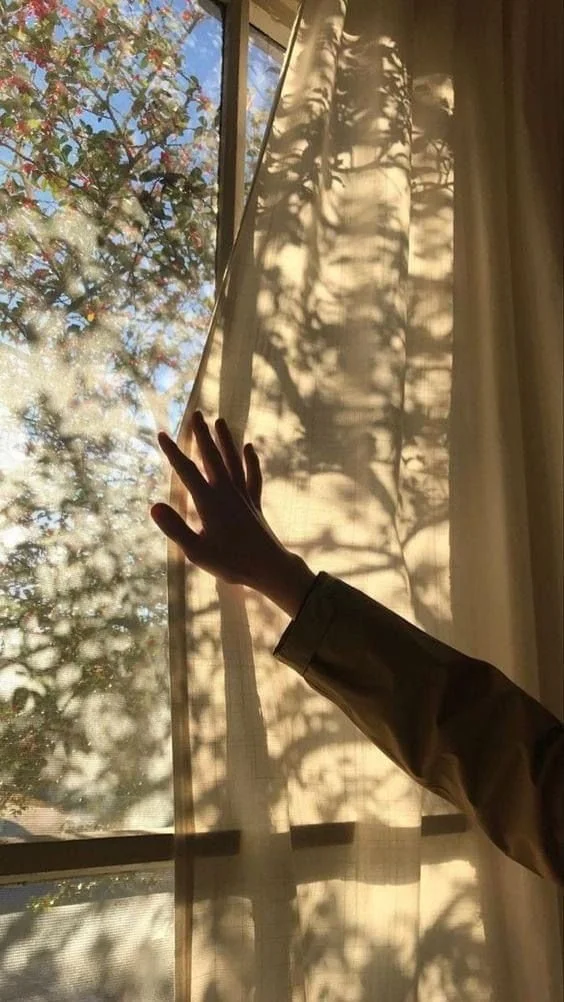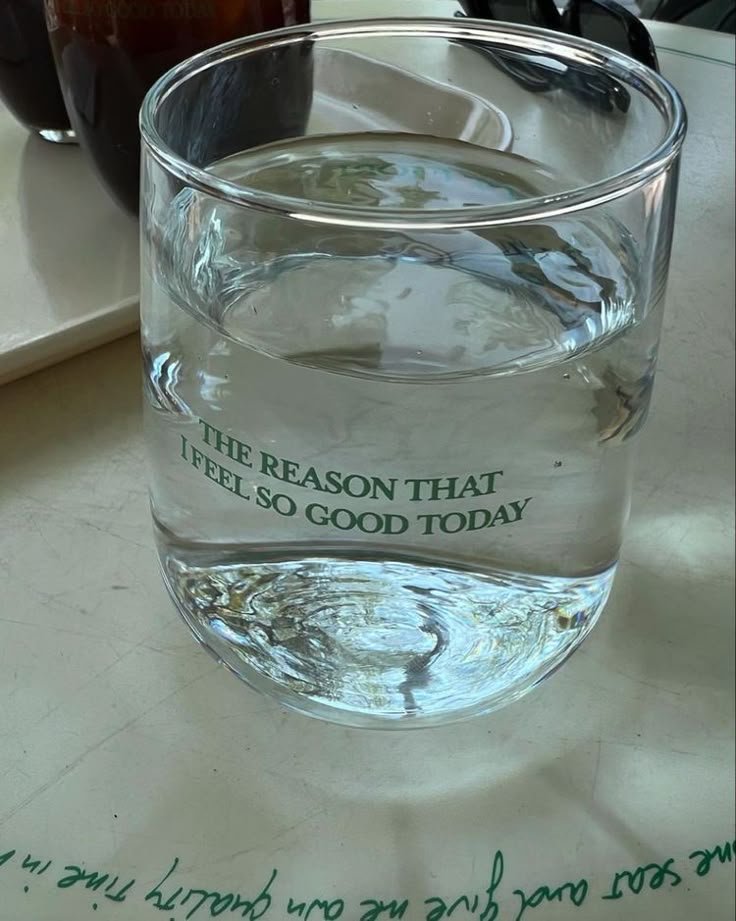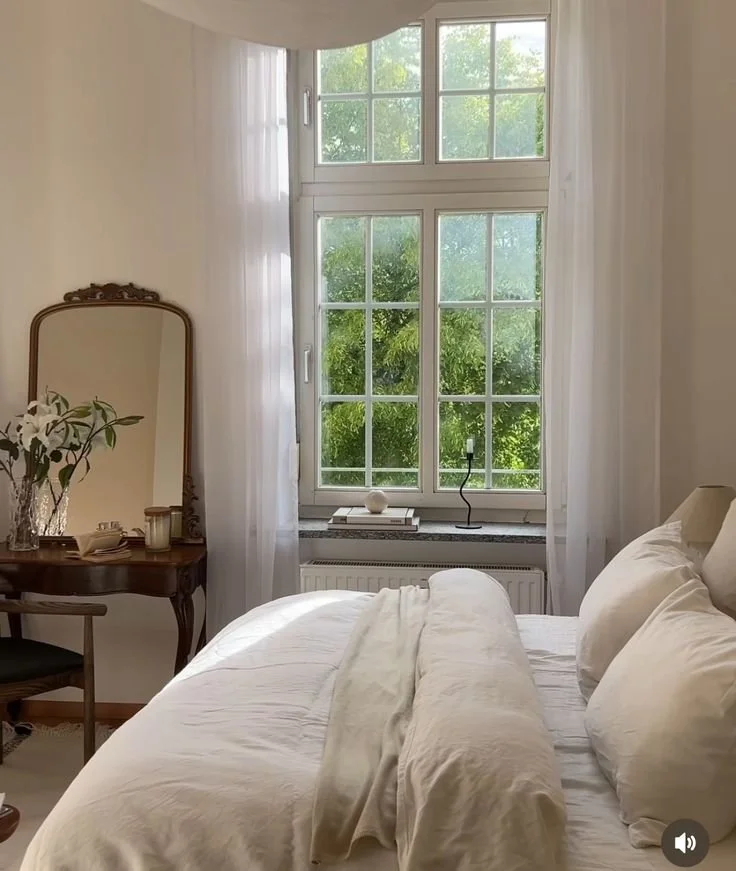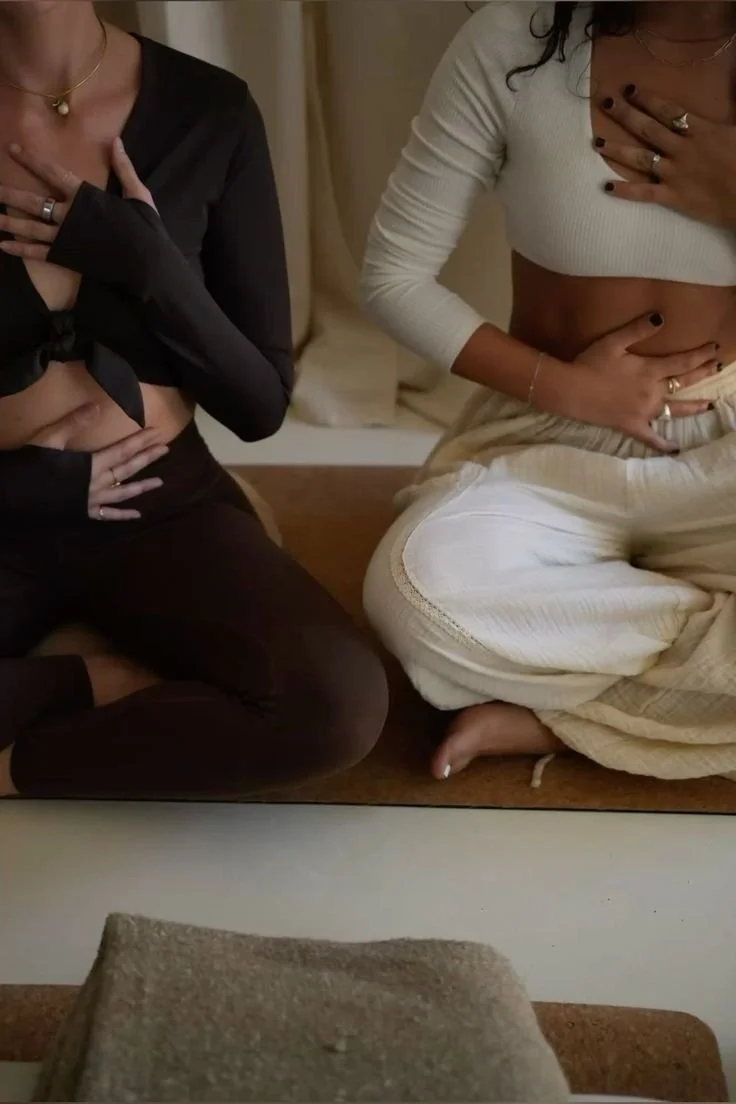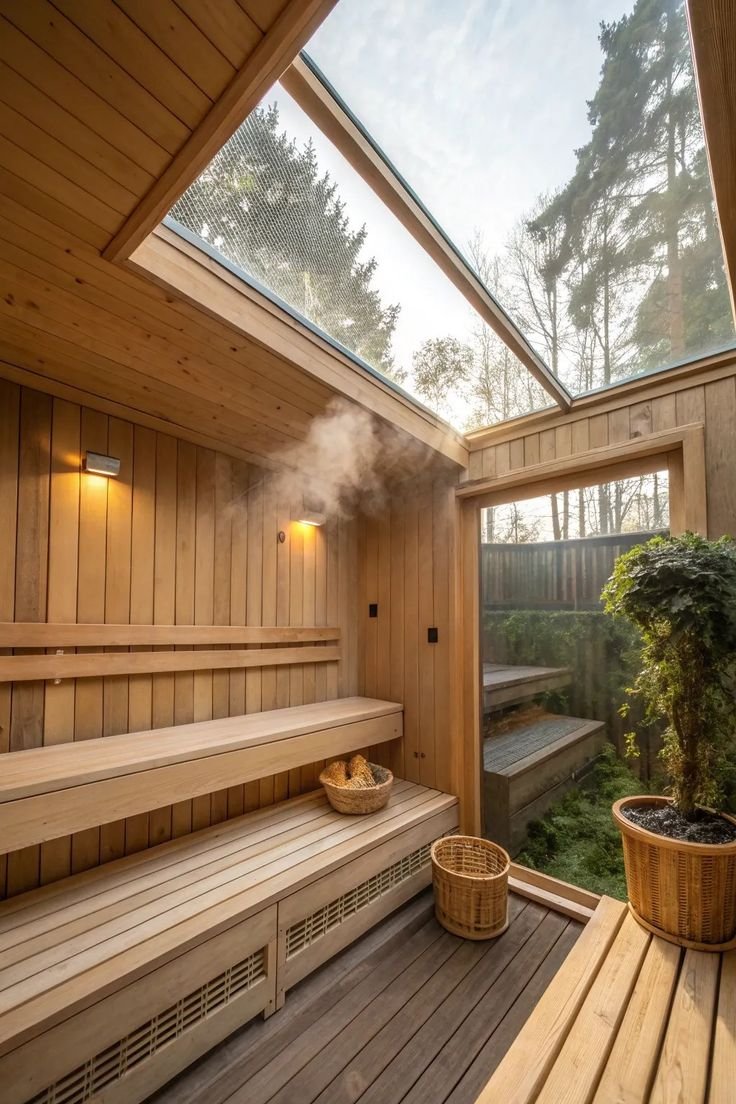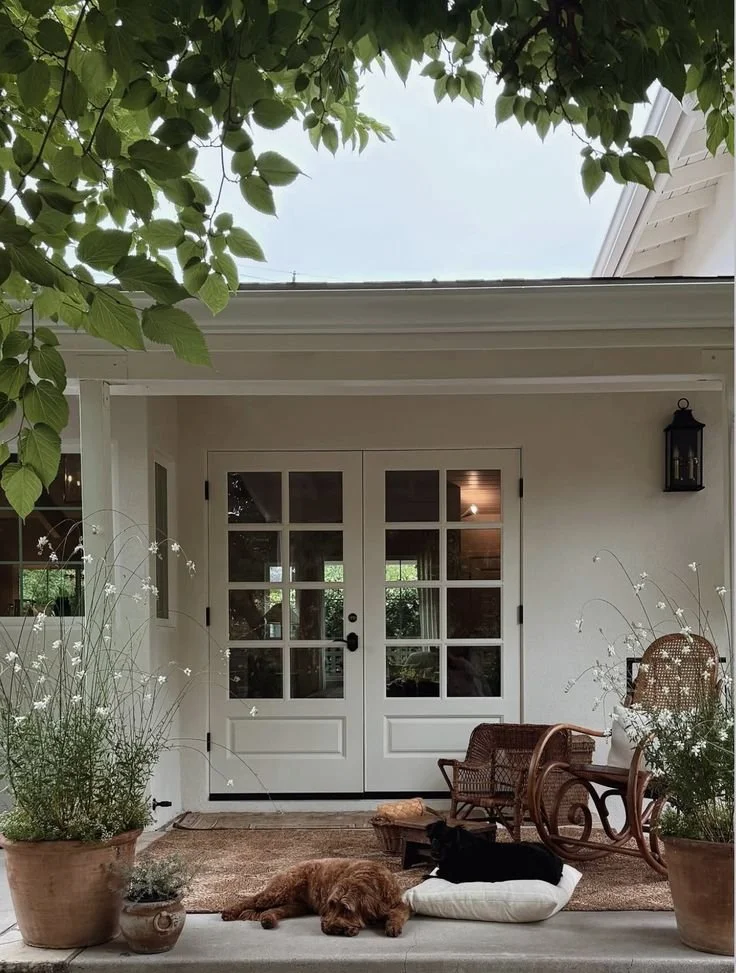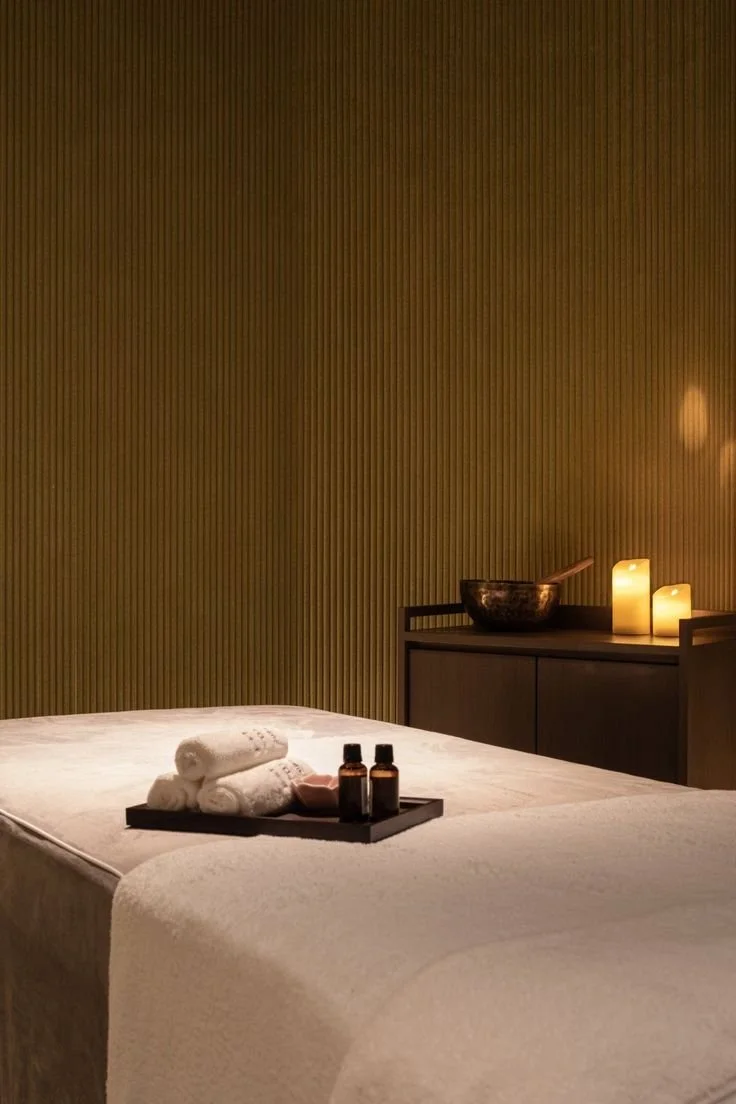Can Gentle Movement Really Help With Pain? The Surprising Truth
When it comes to pain relief, we often assume that the solution must be intense, aggressive, or physically demanding. We picture rigorous rehab routines, high-impact workouts, or deep tissue massages that leave us sore for days. But what if true healing doesn't come from pushing harder—but from easing in gently?
Gentle movement therapies are quietly reshaping the world of pain management. They may not be flashy or fast, but they’re proving to be incredibly effective for those who’ve struggled with persistent discomfort, chronic tension, or injuries that never seem to fully heal.
In this article, we explore why gentle doesn’t mean ineffective, how hands-on therapies support the body’s natural recovery processes, and why more people are turning to holistic approaches like osteopathy to reconnect with their bodies and find lasting relief.
No. 1
The Relationship Between Movement and Pain
Pain and movement are deeply intertwined. When something hurts, our instinct is to protect it—often by avoiding movement altogether. But over time, that avoidance can backfire.
Here’s what happens when movement stops:
Muscles weaken
Joints stiffen
The nervous system becomes hypersensitive
This creates a vicious cycle where pain leads to immobility, which leads to more pain.
Gentle movement therapies break this cycle. Instead of forcing the body to perform, they invite it to rediscover natural, pain-free movement.
These therapies are designed to:
Interrupt pain signals
Calm the nervous system
Restore mobility without triggering stress responses
Recent research in pain neuroscience shows that even slow, low-resistance movements can help rewire the brain’s perception of pain. These movements increase circulation, reduce inflammation, and improve joint function—all without overwhelming the body.
Perhaps most importantly, gentle movement reintroduces confidence. When pain makes you fear movement, the real breakthrough is learning that you can move again—comfortably, safely, and with ease.
No. 2
How Hands-On Therapies Support Natural Recovery
There’s a quiet revolution happening in physical therapy and bodywork. Instead of relying on aggressive techniques, many practitioners are embracing hands-on therapies that work with the body, not against it.
These approaches focus on:
Alignment
Circulation
Nervous system regulation
Movement education
Rather than cracking joints or forcing muscles into submission, these therapies use subtle techniques like:
Joint mobilization
Muscle activation
Breathwork
Gentle massage
That’s why many people in Melbourne have started exploring options like osteopathy at Principle Four Melbourne. This clinic is known for its whole-body perspective, taking into account your lifestyle, posture, stress levels, and injury history.
Their sessions blend hands-on care with personalized movement guidance, helping clients:
Reduce pain
Restore balance
Improve posture
Reconnect with their bodies
Whether you’re recovering from an injury or dealing with chronic discomfort, this style of therapy offers a refreshingly gentle—and effective—alternative.
No. 3
Real Stories and What They Reveal
“Gentle movement therapy” might sound vague or underwhelming—until you hear from the people it’s helped.
Take someone with chronic lower back pain. After months of painkillers, intense physiotherapy, and frustration, they try a gentler approach.
Through slow, guided movement and hands-on support, they begin to notice:
Less muscle tension
Fewer pain flare-ups
Improved mobility
Renewed confidence in their body
Or consider a desk worker with persistent neck and shoulder tension. Years of poor posture have created deep-set patterns of strain. Instead of aggressive corrections, gentle therapies help unwind these patterns gradually. The result?
Better posture
Less daily discomfort
A sense of ease in everyday movement
These stories highlight a key truth: gentle therapies don’t just treat symptoms—they help people rebuild trust in their bodies.
Koapro
The KOAPRO Original Fascia Massage Tool delivers a full-body massage, perfect for targeting those hard-to-reach areas anytime, anywhere.
No. 4
How to Know if It’s Right for You
You don’t need to be in severe pain to benefit from gentle movement therapy.
In fact, it’s ideal for anyone who:
Feels disconnected from their body
Experiences chronic tension or stiffness
Has tried traditional treatments without lasting results
Wants a more holistic, sustainable approach to wellness
Signs that this therapy might be right for you include:
Recurring aches that never fully go away
Fear of movement due to past injuries
A desire to feel more aligned and in control of your body
What to expect:
No need to be fit, flexible, or experienced
Sessions are tailored to your needs and comfort level
A focus on subtle shifts, not strenuous effort
When choosing a practitioner, ask:
Do they treat the body as a whole system?
Do they combine movement with manual techniques?
Do they focus on how you want to feel, not just what you want to fix?
Takeaways
In a culture that often glorifies intensity, it’s easy to overlook the quiet power of gentle therapies. But healing doesn’t always come from pushing harder. Sometimes, it comes from softening, listening, and allowing the body to recalibrate.
Gentle movement and hands-on therapies offer a path to relief that’s sustainable, empowering, and deeply effective. They help you move better, feel stronger, and reconnect with your body in ways that last.
If you’ve tried everything else and still feel stuck, this might be the shift you’ve been waiting for. Because healing doesn’t have to be hard—it just has to be effective.
Looking for Wellness resources?
Are you looking to enhance your wellness routine? Explore our wellness partners who offer a wide range of resources to support your journey toward holistic living and well-being.





